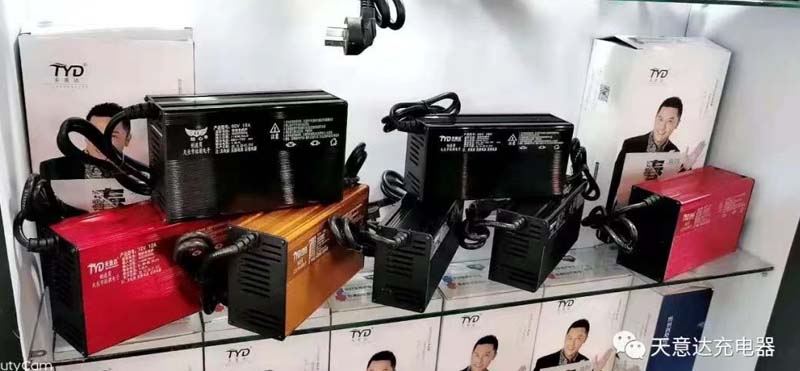Use the electric bike charger properly for charging
Safe Charging Practices for Electric Bicycle Chargers
When charging your electric bicycle, it's crucial to follow safe practices to prevent accidents and ensure the longevity of your battery. Here are some key tips to keep in mind:
Monitor Charging Time
The ideal charging time for electric bicycle batteries is when the red light on the charger turns green and continues to float charge for an additional 2 hours. Overly prolonged charging can lead to overcharging, causing the battery to bulge and, in severe cases, potentially igniting a fire. This is particularly dangerous when charging overnight or when unattended. Avoid leaving your bike to charge for extended periods and always disconnect the charger once the battery is fully charged to reduce the risk of accidents.
Avoid Moisture and Extreme Temperatures
scooter Chargers are generally not waterproof or moisture-resistant. Charging in damp or rainy environments can lead to internal short circuits or even electric leaks, posing a safety hazard. Similarly, charging your electric bicycle in high temperatures, especially when exposed to direct sunlight, is a major cause of fires. Always charge your bike and charger in a dry, cool, and well-ventilated area. Avoid wrapping the charger in plastic bags or bottles and ensure it's not exposed to extreme temperatures.
Observe Connection Order
To prevent electrical shocks, it's recommended to connect the battery plug first and then the AC power plug when charging. After charging, unplug the AC power plug before disconnecting the battery plug. This is especially important for chargers with voltage outputs that exceed safety standards or vary significantly between different models.
Handle Chargers with Care
Chargers are not designed for rough handling. Strong vibrations can cause the internal components to shift, potentially damaging the charger. Avoid carrying the charger with your bike; if necessary, wrap it in a protective material and place it securely in a toolbox to prevent bumps and shocks.
Do Not Attempt DIY Repairs
If your charger exhibits any abnormalities such as smoking or a burning smell, immediately disconnect the power. Chargers are considered consumable items with a limited lifespan of around 2 years. In case of damage or malfunction, do not attempt to dismantle or repair them yourself. Always return them to the manufacturer for repairs or replace them with new ones.
Follow Recommended Parking and Charging Practices
Never park your electric charger it in public hallways, corridors, stairways, or emergency exits. Bringing the bicycle or its battery indoors is also highly dangerous. Comply with relevant regulations and avoid unsafe charging practices like using extension cords or "flying" wires. Instead, charge your bike at designated charging stations equipped with smart charging facilities that offer features like timed charging, automatic shutdown, and fault protection.







